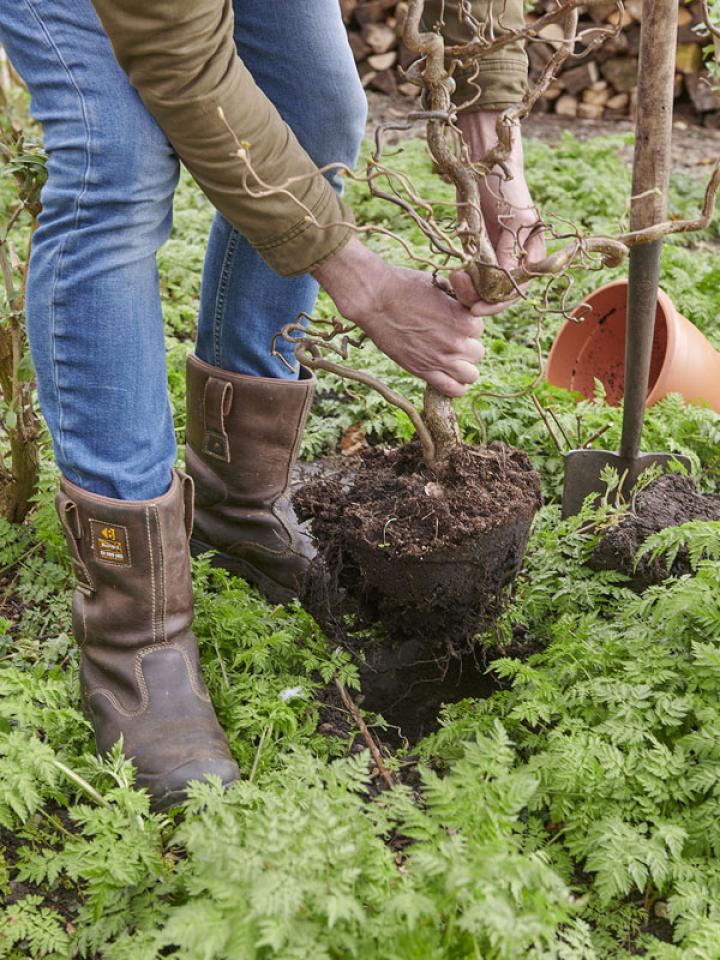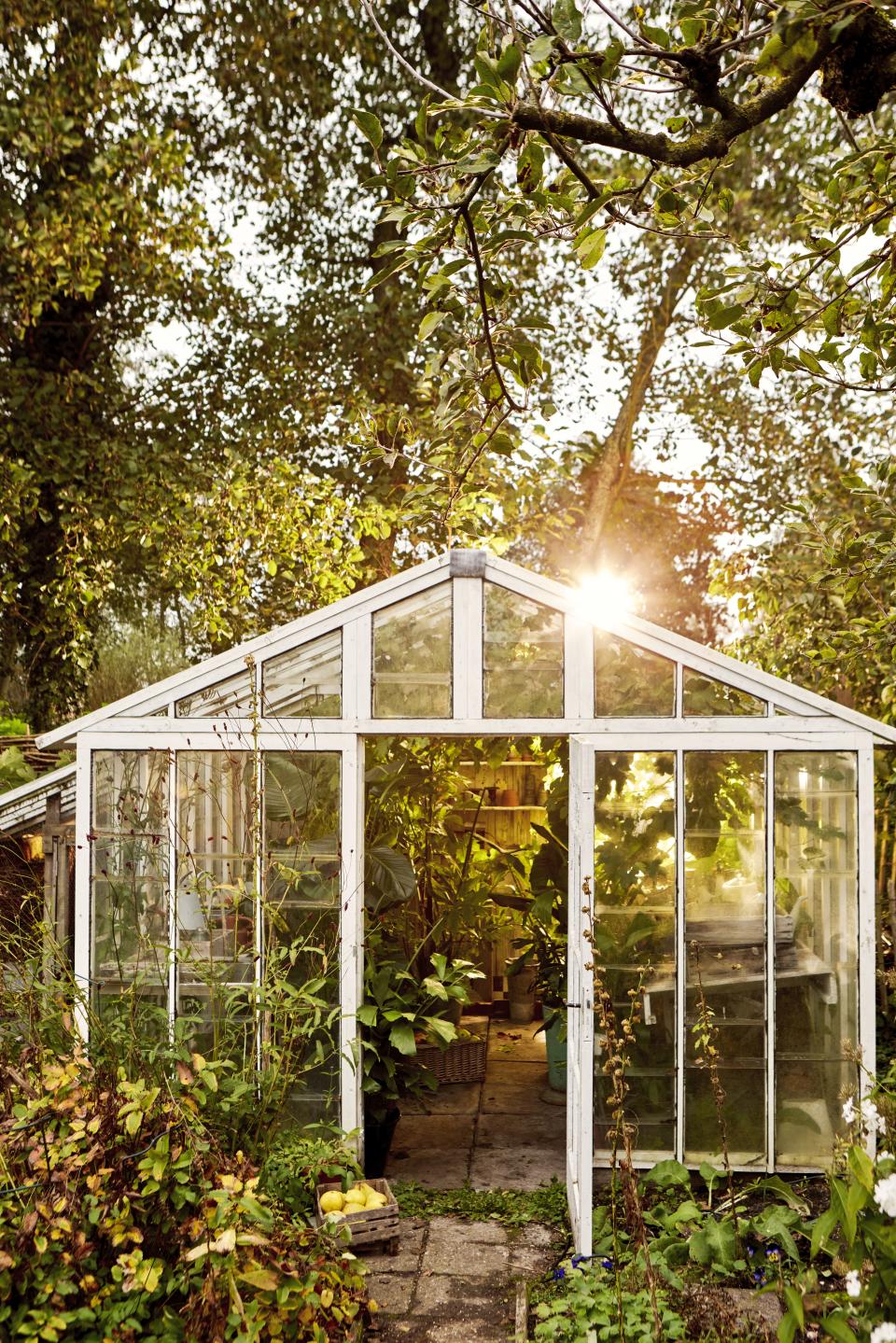3 reasons why autumn is the best season to plant your garden
1. The soil is warm
In the autumn, the soil in your garden is still nice and warm from the summer. Plants appreciate that as they acclimatise, because it gives them the chance to form new roots. Existing roots will also stretch out happily into the warm surrounding soil, so your plant gets nicely bedded in.
2. Autumn is drought-free
There’s plenty of rain in the autumn, so you need to give little or no water to your freshly planted plants. The risk of them drying out is actually far greater in spring, plus you'll have to spend time watering them yourself.
3. It gives your plants a head start
As your plants have already been bedded in for a couple of months by the time spring arrives, they're larger and will flower more beautifully when spring rolls around. If you wait until spring, they won't have half as good a chance of growing. When the warmer weather comes, it also means that all you have to do is set out your deckchair and enjoy the sunshine — no need for hard gardening!

Which garden plants should you plant in autumn?
For most plants, frost-free period of autumn is the best time to plant. Consider, for example, the garden plants listed below:
- Perennials: September is a good month to put perennials into the ground. There are thousands of varieties of perennials that you can plant now, but some popular ones include sunshade, grasses, autumn asters, lavender, storkbill, autumn stanemoon, sea knotweed and sage.
- Shrubs, hedges, bushes and trees: from November, trees, shrubs and bushes (such as roses, rhododendron, hydrangea and buddleja), hedges (such as beech hedge, hornbeam and yew) are dormant (not in their growth period), and are best planted now. Potted shrubs can be planted all year round, but the best time is between September and May.
- Climbing plants: in principle climbing plants such as these evergreen climbers can be planted all year round because they are grown in pots, but autumn is the preferable season.
- Bulbs that flower in spring: bulb plants that flower in the spring should be planted in autumn (September to November). Early-flowering bulbs, such as snowdrops, are best planted early in autumn (September/October). Later-flowering varieties (such as daffodil, hyacinth and tulip) can be planted in October/November.
The exceptions: plants that you should plant in spring
Although autumn is the best season to plant most plants, there are exceptions. The following plants are best planted in late spring.
- Frost-sensitive plants: frost-sensitive and/or (sub)tropical plants such as eucalyptus, agapanthus and olive trees should be planted in spring, after the risk of severe frosts has passed.
- Exotic plants: non-winter hardy and tropical or exotic plants (such as Bougainvillea and Mandevilla) cannot stand the cold. You should preferably plant them from spring onwards, when the chance of night frosts has passed.
- Annual plants: annual flowering plants such as cosmos, poppies, cornflowers and sunflowers are perfect for adding colour to your garden in summer. Plant them between March and May, depending on the variety and their degree of winter hardiness.
- Summer-flowering bulbs: summer bulbs such as dahlias and cannas aren't frost-resistant and should preferably be planted when the risk of frost has passed, from late spring to early summer.
Tips and step-by-step plans for planting garden plants
Planting a perennial, tree or shrub in a flowerbed or pot isn't hard, but it's important to do it right. Take a look at our guide with all the information, supplies and step-by-step plans for planting garden plants, potted plants, shrubs and trees.

How to overwinter plants
Do you have tropical or exotic plants (such as Strelitzia Nicolai, Banana plant, Elephant ear or Caryota) outside, or other plants that don't like the cold? Bring them safely indoors for autumn and winter or let them spend the cooler months in a greenhouse, shed or orangery. If you put the plants in a greenhouse or orangery, keep a close eye on the temperature, ensuring it doesn't get lower than 5°C - anything lower than this is too cold. It's also a good idea to place the pots on a few pieces of insulating underlay or on shelves. Read more about protecting plants from cold weather here.
More autumn inspiration
Looking for more autumn inspiration? Discover how to get your garden ready for autumn in 10 steps. Getting chilly? Head inside and get to work on a DIY herb rack, perfect for holding your favourite autumnal herbs and spices. Discover these autumn recipes with edible flowers for a delicious high tea.










